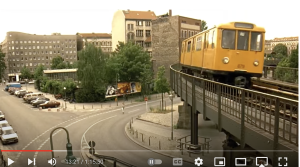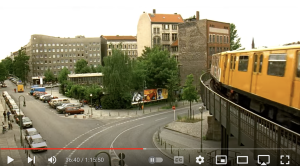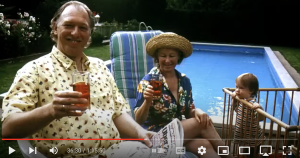In Dimitri Kirsanoff’s film of “Brumes d’automne,” the audience is introduced to the back and forth of a woman alone and nature. Throughout the course of the film, the scenes are split in between the woman and nature and then begin merging into a single entity.
For the woman, she is seen holding some letters she either written herself or someone gave them to her. A flashback with then occur afterwards that explain parts of this woman’s life. While the audience is unable to see what is written on the letter, one can get an understanding of what those letters are about through the flashbacks.
After the audience sees the woman interacting with the letter and her flashback of them, she will then burn the letter. This is shown through the chimney in a separate shot about their burning being released into nature. For a while the woman stays inside of her house and not venture out, but towards the end of the film she eventually does. The montage between the woman and nature reveal how the two are connecting to one another and in the end, become one with the woman’s shadow being merged into the elements of nature.
While the shots change drastically throughout the entire film, they explain the thoughts of the woman clever that help explain the woman. The shots at the beginning felt organized yet unstable as they kept switching from one particular focus. As the film progresses, the shots get less organized to where one cannot know what happened to the woman.






